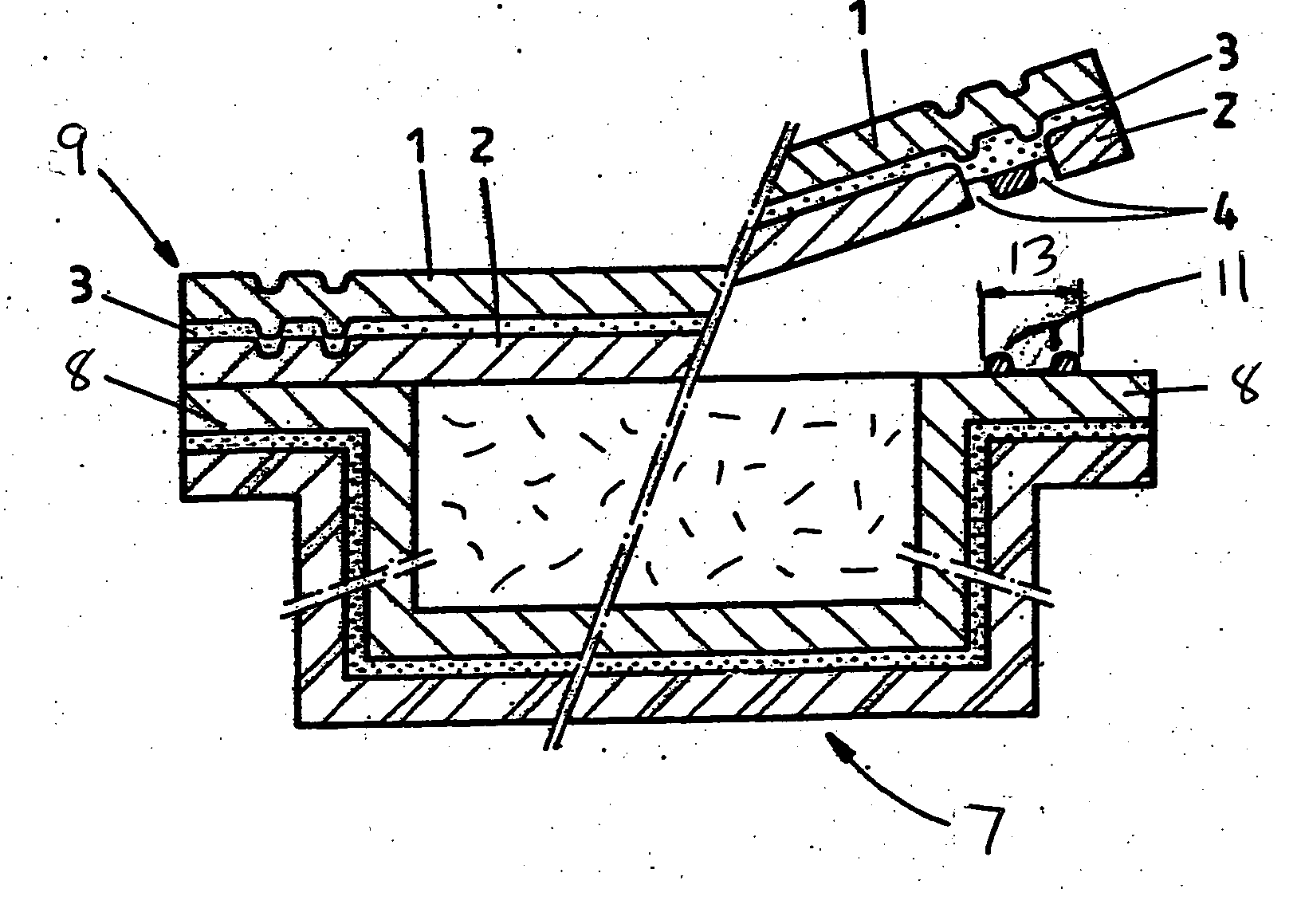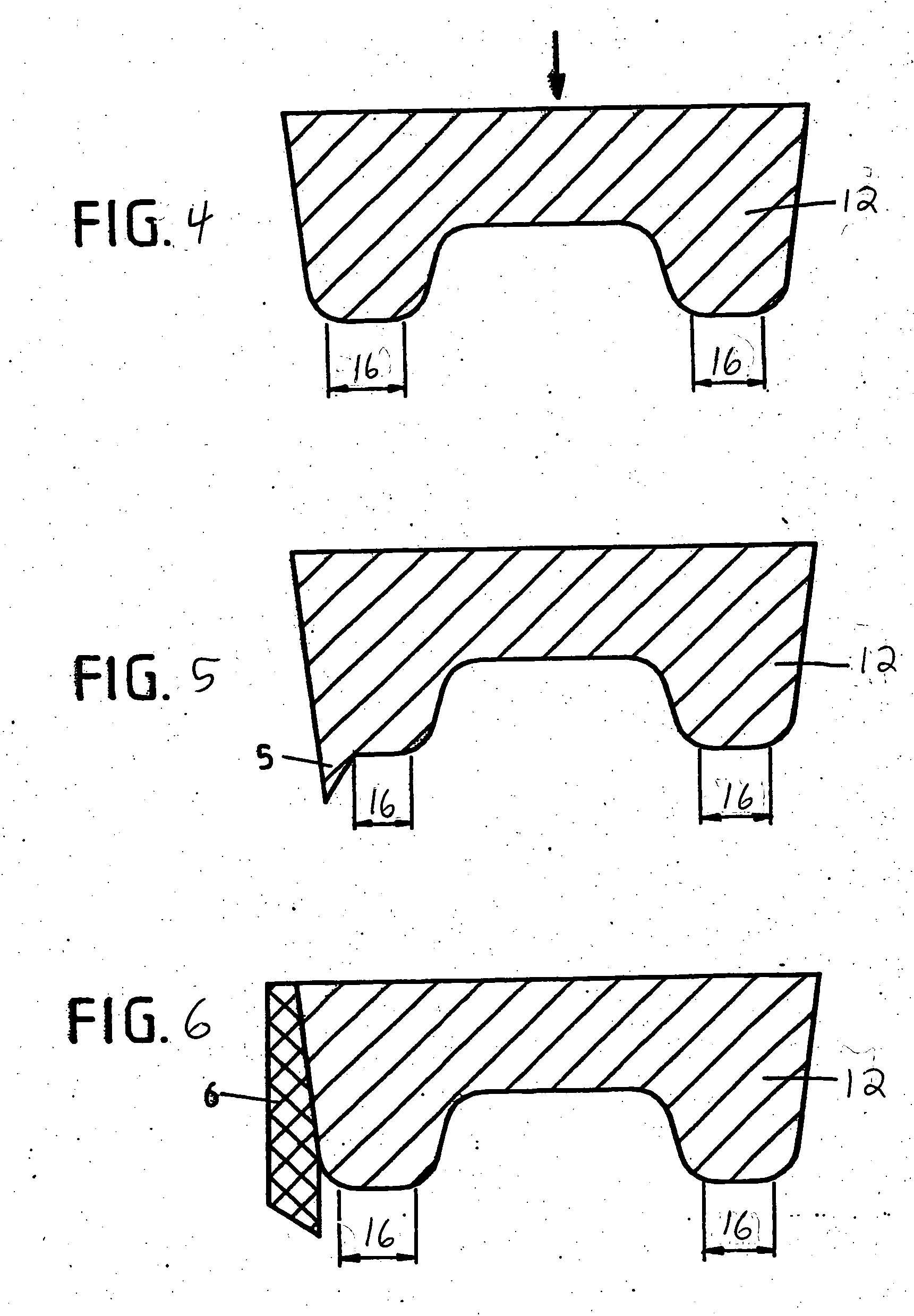Reclosable pack
a pack and resealable technology, applied in the field of resealable packs, can solve the problems of food remaining in the pack dries, food cannot be resealed, and loses its typical taste,
- Summary
- Abstract
- Description
- Claims
- Application Information
AI Technical Summary
Benefits of technology
Problems solved by technology
Method used
Image
Examples
examples
[0133] I. Adhesive Tests
[0134] In a pilot plant (manufacturer: Bilihofer), the commercially obtainable pressure-sensitive adhesives LIOTRON PS 4110 (acrylate-based hotmelt adhesive, Brookfield viscosity 5,000-15,000 m.Pas at 140.degree. C.) and TECHNOMELT Q 8707 (pressure-sensitive hotmelt adhesive based on synthetic rubber and hydrocarbon resin, Brookfield viscosity 22,000 to 28,000 m.Pas at 150.degree. C.) of Henkel KGaA were applied by curtain coating through a slot die (manufacturer: Inatek) to produce a multilayer film consisting of PET / adhesive / PE. In every case, the application rate was 20 g / m.sup.2. LIOTRON PS 4110 was applied at a temperature of 50.degree. C. and a machine speed of 10 m / s. The laminating pressure was 200-300 kg. The adhesive was additionally exposed to a UV-C lamp (500 mm wide, 200 watt / cm max., 20 amps., 87.5% output). TECHNOMELT Q 8707 was applied at a rate of 20 g / m.sup.2 at a temperature of 120.degree. C. and at a machine speed of 10 m / s. The laminating...
PUM
| Property | Measurement | Unit |
|---|---|---|
| melting point | aaaaa | aaaaa |
| thickness | aaaaa | aaaaa |
| width | aaaaa | aaaaa |
Abstract
Description
Claims
Application Information
 Login to View More
Login to View More - R&D
- Intellectual Property
- Life Sciences
- Materials
- Tech Scout
- Unparalleled Data Quality
- Higher Quality Content
- 60% Fewer Hallucinations
Browse by: Latest US Patents, China's latest patents, Technical Efficacy Thesaurus, Application Domain, Technology Topic, Popular Technical Reports.
© 2025 PatSnap. All rights reserved.Legal|Privacy policy|Modern Slavery Act Transparency Statement|Sitemap|About US| Contact US: help@patsnap.com



